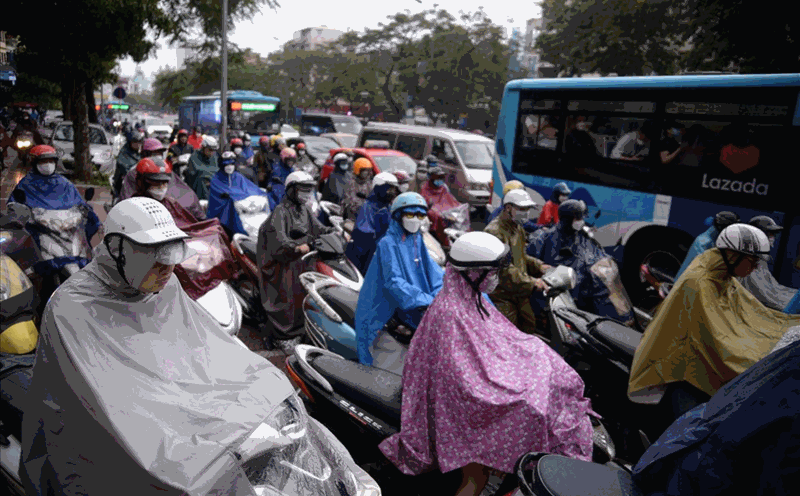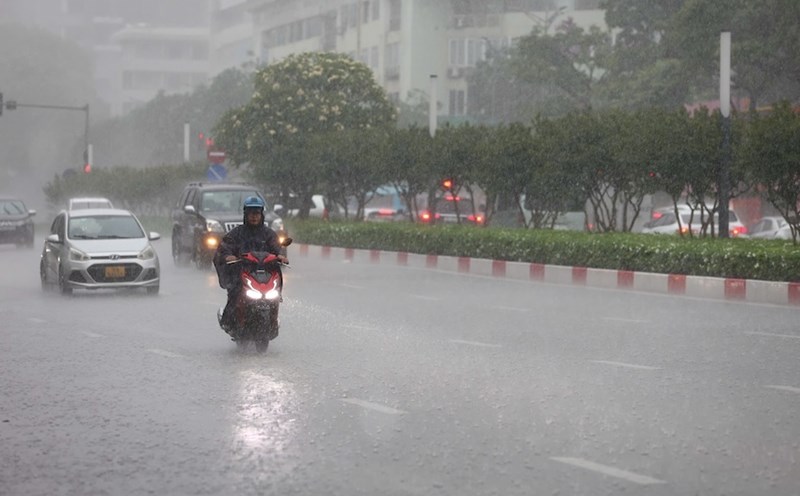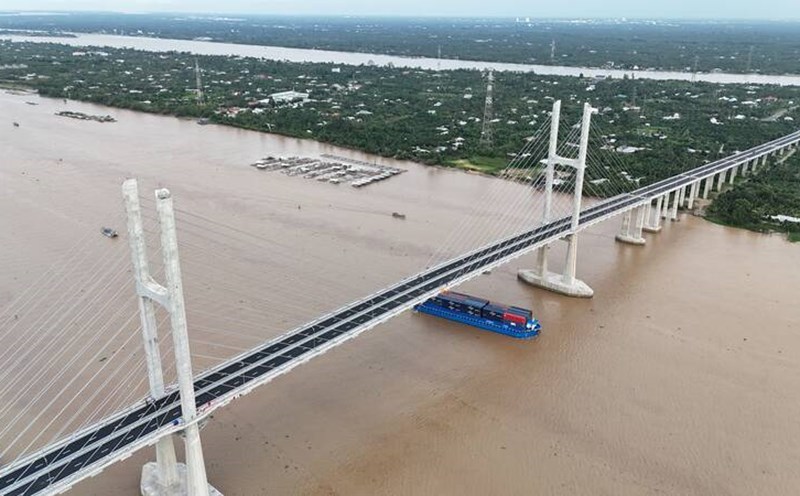Hot weather in the Central region continues
According to the National Center for Hydro-Meteorological Forecasting, on July 30, the North, Thanh Hoa, Nghe An, Ha Tinh, Da Nang, and the East of the provinces from Quang Ngai to Dak Lak and Khanh Hoa will have hot and severe heat. The highest temperature is generally 35 - 38 degrees Celsius, with monitoring stations above 38 degrees Celsius such as: Son Dong station (Bac Ninh) 39.4 degrees Celsius, Hoa Binh station (Phu Tho) 38.6 degrees Celsius, Ham Yen station (Tuyen Quang) 38.2 degrees Celsius, Lang station (Hanoi City) 38.1 degrees Celsius,... The lowest relatively humidity is generally 55 - 65%.
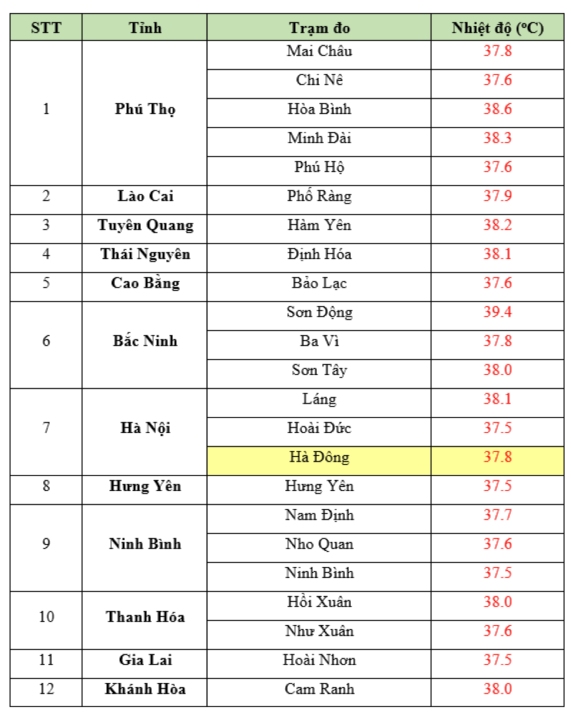
According to Mr. Vu Anh Tuan - Deputy Head of Weather Forecasting Department, National Center for Hydro-Meteorological Forecasting, on July 31, Thanh Hoa, Nghe An, Da Nang, the eastern provinces from Quang Ngai to Dak Lak and Khanh Hoa will have hot weather with the highest common temperature of 34 - 36 degrees Celsius. The lowest relatively humidity is commonly 60 - 65%.
On August 1, Thanh Hoa to Da Nang, the East of the provinces from Quang Ngai to Dak Lak and Khanh Hoa will have hot weather, some places will have severe heat with the highest temperature commonly 35 - 37 degrees Celsius, some places will have over 37 degrees Celsius. The lowest relative humidity is commonly 55 - 60%.
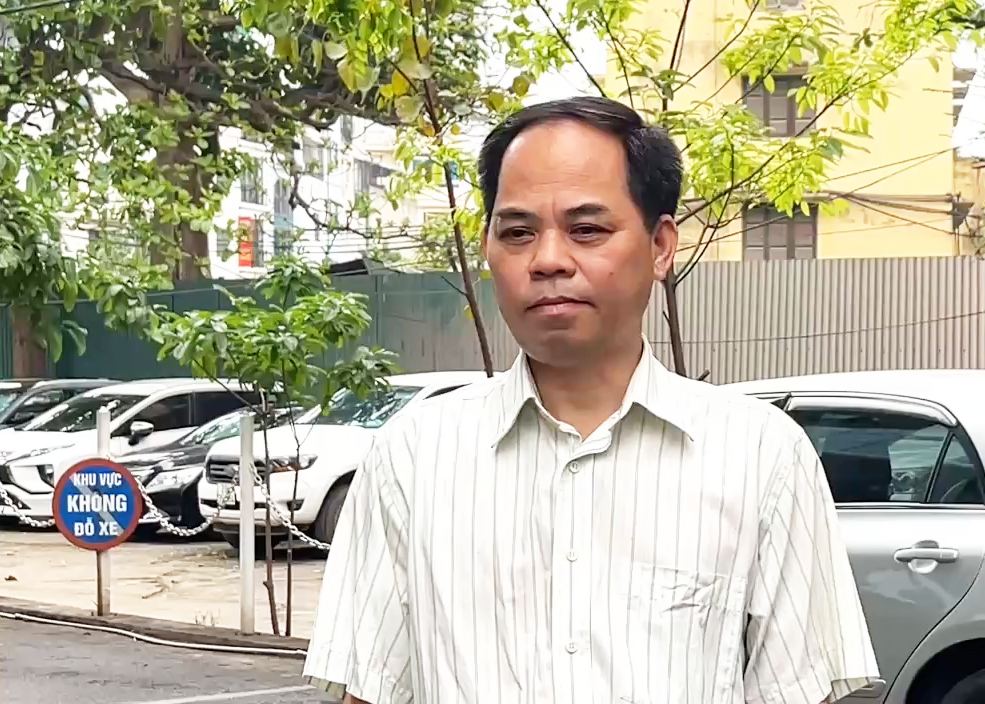
"The hottest time of the day is from 11 to 16 hours. We believe that the hot weather in the Central region is likely to last for many days to come" - Mr. Tuan said.
The meteorological agency warns of the risk of natural disasters due to heat at level 1. Due to the influence of hot weather, some places are experiencing severe heat combined with low humidity in the air, so there is a high risk of fire and explosion in residential areas due to increased demand for electricity, along with the risk of forest fires.
Hot weather can also cause dehydration, exhaustion, and heat stroke in the human body when exposed to high temperatures for a long time.
The National Center for Hydro-Meteorological Forecasting noted that the forecast temperature in hot weather reports and the actual outdoor temperature may vary by 2 - 4 degrees Celsius, or even higher, depending on buffer conditions such as concrete and asphalt roads.
Autumn Festival but still likely to be hot
In 2025, the Lunar New Year will take place on August 7, 2025, which is June 14, 2025 (June of the lunar calendar). Many people expect this to be the milestone of the end of summer.

According to Dr. Truong Ba Kien - Deputy Director of the Center for Meteorological and Climate Research, Institute of Meteorology, Hydrology and Climate Change, the Lunar New Year is one of the 24 monsoons of the Chinese, Vietnamese, Japanese, and North Korean schedules and usually begins around the 7th - 8th of the 8th lunar month every year.
This is one of the 24 traditional monsoons, marking the transition from summer to autumn according to folk beliefs.
"However, in modern meteorology, this is not a milestone that determines the end of summer. In fact, after the Lunar New Year, many areas, especially the North and Central regions of Vietnam, still often record severe heat waves. Sometimes, the hot weather lasts until the end of August or even into September" - Dr. Kien analyzed.
According to this meteorologist, under the impact of climate change, extreme weather phenomena such as heat tend to appear earlier, end later, with stronger intensity and higher frequency.
"This makes the line between seasons blurred, the weather at the transition is no longer as clear as before, and traditional climate laws, such as "end of summer after Autumn Festival", are increasingly less practical in forecasting" - Mr. Kien said.

